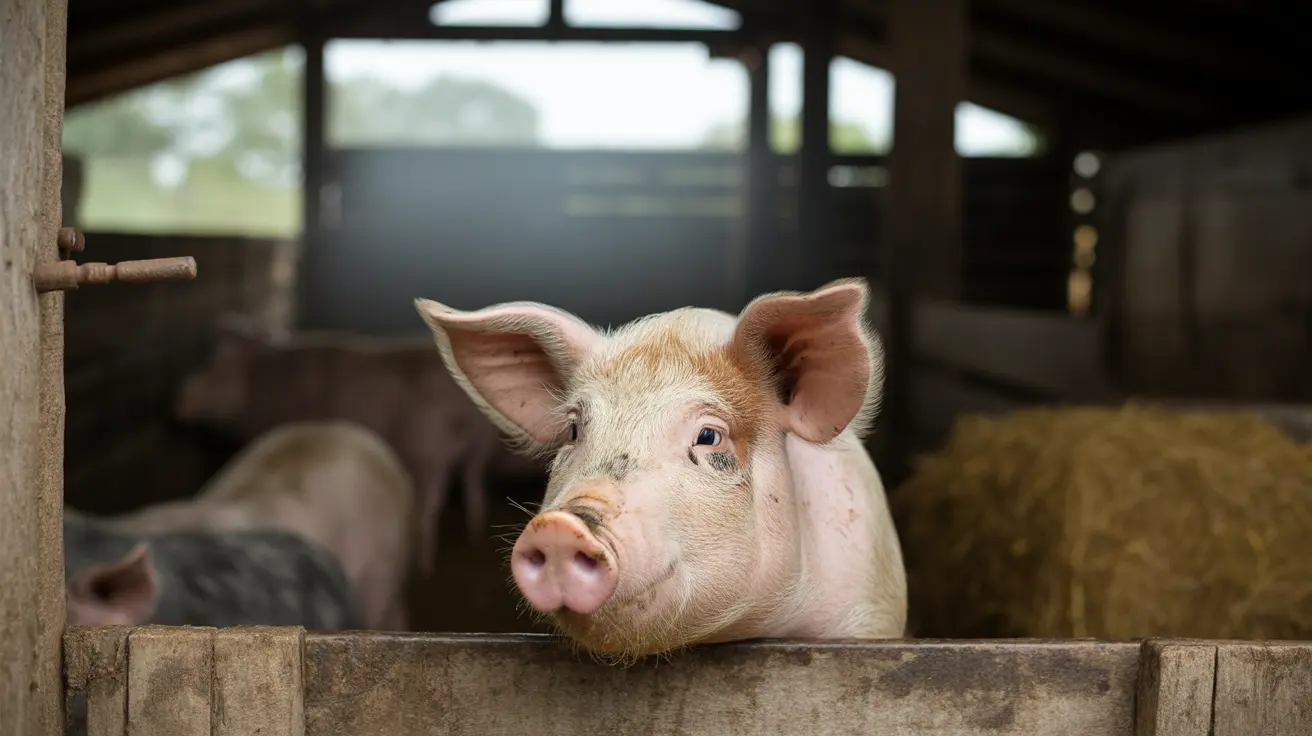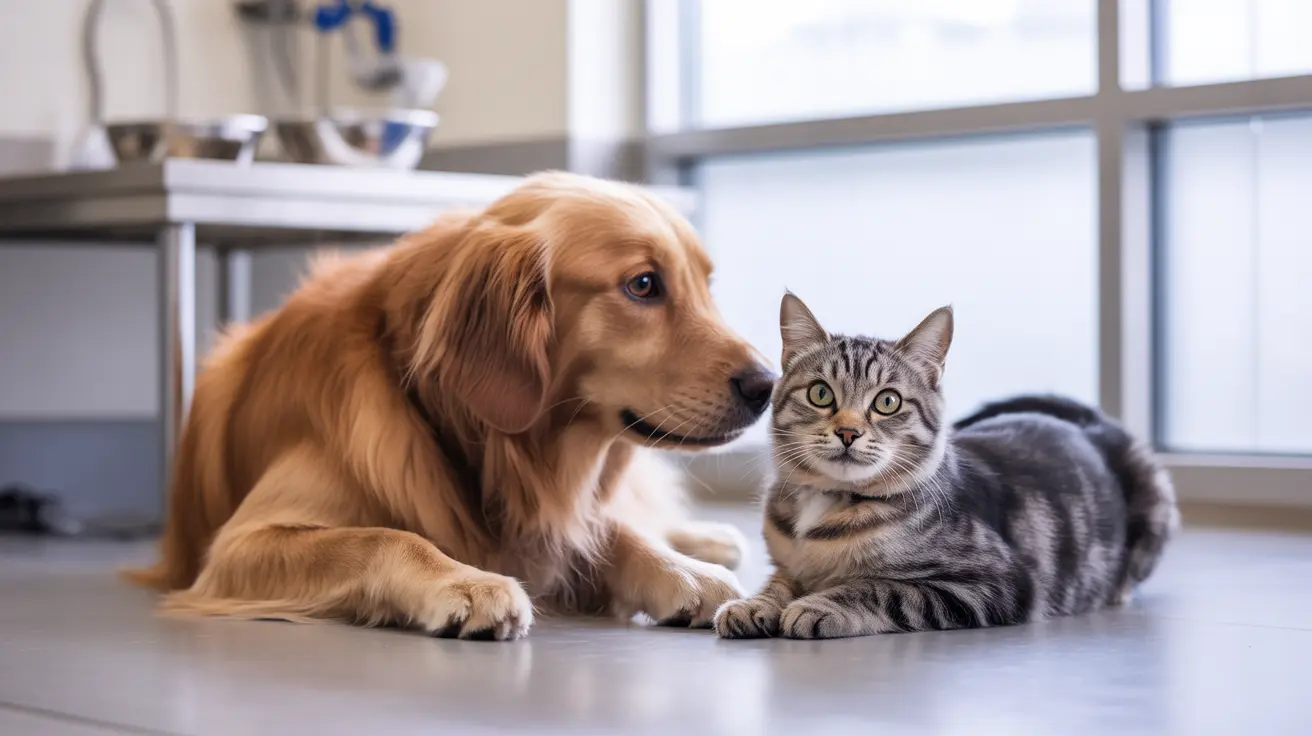The Unique Nature of Feline Ovulation
Cats are what veterinarians call "induced ovulators," meaning they don't release eggs spontaneously during their heat cycle. Instead, the physical act of mating triggers the release of eggs from the ovaries. This evolutionary adaptation helps ensure that eggs are only released when there's a high likelihood of fertilization.
The breeding season for cats typically runs from spring through early fall, though indoor cats exposed to artificial lighting may cycle year-round. During this time, female cats can experience multiple heat cycles, making them seasonally polyestrous.
The Feline Estrous Cycle
The estrous cycle, commonly known as the heat cycle, consists of several distinct phases. During estrus (heat), female cats become receptive to mating and display characteristic behaviors such as increased vocalization, restlessness, and distinctive posturing. This phase typically lasts about seven days but can range from 3-21 days.
Without mating, cats will enter a brief interestrus period before beginning another cycle. This pattern can continue throughout the breeding season, leading to multiple opportunities for conception.
Triggering Ovulation Through Mating
For successful ovulation to occur, most female cats require multiple mating sessions within a 24-hour period. The physical stimulation during mating causes the release of luteinizing hormone (LH), which triggers ovulation approximately 24-36 hours later. This process typically requires 3-4 mating episodes to ensure reliable ovulation.
Signs of Ovulation and Fertility
- Loud vocalizations or "calling"
- Increased affection and rubbing against objects
- Rolling on the floor
- Raising hindquarters when petted
- Assuming a breeding position with tail deflected
Post-Ovulation and Pregnancy
Once ovulation occurs, the female cat will typically stop showing signs of heat within 1-2 days. If conception is successful, the gestation period lasts approximately 60-64 days. Interestingly, cats can mate with multiple males during one heat cycle, potentially resulting in a litter of kittens with different fathers.
Environmental Influences on Cat Ovulation
Daylight plays a crucial role in regulating feline reproductive cycles. Increased daylight hours typically stimulate heat cycles, which is why cats tend to breed more frequently during spring and summer months. Indoor cats may show different patterns due to artificial lighting affecting their natural cycles.
Frequently Asked Questions
What is induced ovulation in cats, and how does it differ from spontaneous ovulation?
Induced ovulation means cats only release eggs in response to mating, unlike spontaneous ovulators (like humans) who release eggs regularly regardless of mating. This system helps ensure eggs are only released when there's a chance of fertilization.
How often do cats typically go into heat, and what triggers their estrous cycles?
Cats typically go into heat every 2-3 weeks during breeding season, which usually runs from spring through fall. The primary trigger is daylight length, with longer days stimulating heat cycles.
How many matings are generally required for a cat to ovulate, and what is the optimal timing for breeding?
Most cats require 3-4 matings within a 24-hour period to reliably trigger ovulation. The optimal timing is during the height of estrus when the cat shows strong behavioral signs of heat.
What are the signs that a cat is in heat and ready to ovulate?
Signs include loud vocalization, restlessness, rolling, increased affection, and assuming a breeding position with raised hindquarters and tail deflected to the side.
Can a litter of kittens have multiple fathers, and how does this occur?
Yes, a phenomenon called superfecundation allows cats to conceive kittens from different fathers during the same heat cycle. This occurs when a female mates with multiple males while ovulating, and eggs are fertilized by sperm from different fathers.






